When winemaker Mauro Azóia shows visitors around at Vidigal Wines in the heart of Portugal, they’re usually a little taken aback. “They see a production facility, full of huge stainless steel tanks and technological equipment,” Azóia says. “It’s not what a winery looks like in their minds.”
Toward the end of the tour, visitors get to the more traditional equipment, such as the lagares (the open vats in which grapes were traditionally crushed by foot) and wooden barrels. Yet at the same time, they start realising that modern technology is crucial in making a consistent wine.
“Especially in these challenging times of climate change, you need to know exactly what you’re doing,” Azóia explains. “It’s more difficult to make three million bottles of a wine such as our Porta 6, with this quality, than to do 1,000 or 2,000 bottles of high-end wine. We often assume that it’s the wine connoisseur who is more sensitive to changes from vintage to vintage, but consumers with less-trained palates will also notice any little change in the flavour profile, especially if it’s their go-to wine.”
And Porta 6 is a favourite for many. The wine is sold in over 30 different countries, and it’s a top-selling Portuguese wine in the UK, Israel, Brazil and Canada. Porta 6 is made from grapes grown in the Lisbon area, but Vidigal owns vineyards in other Portuguese wine regions as well, such as Tejo, Douro, Alentejo, Dão, Beira and Vinho Verde.
A Worldly Winemaker
A native of Portugal, Azóia first travelled the world honing his craft before he landed his winemaking job at Vidigal. Following a stint in Australia and New Zealand, he went on to work in South Africa, France and California.
“I hopped around for three years learning about grape varieties, terroirs, specificities and why people loved them,” he recounts. “Then, I realised I needed to be in Portugal, and the position for Vidigal was available. The owner and founder, António Mendes Lopes is open-minded, well-travelled, and focused on consumers and their likes, and not the other way around. The job was the perfect fit. This was ten years ago, and it’s been a great ride.”
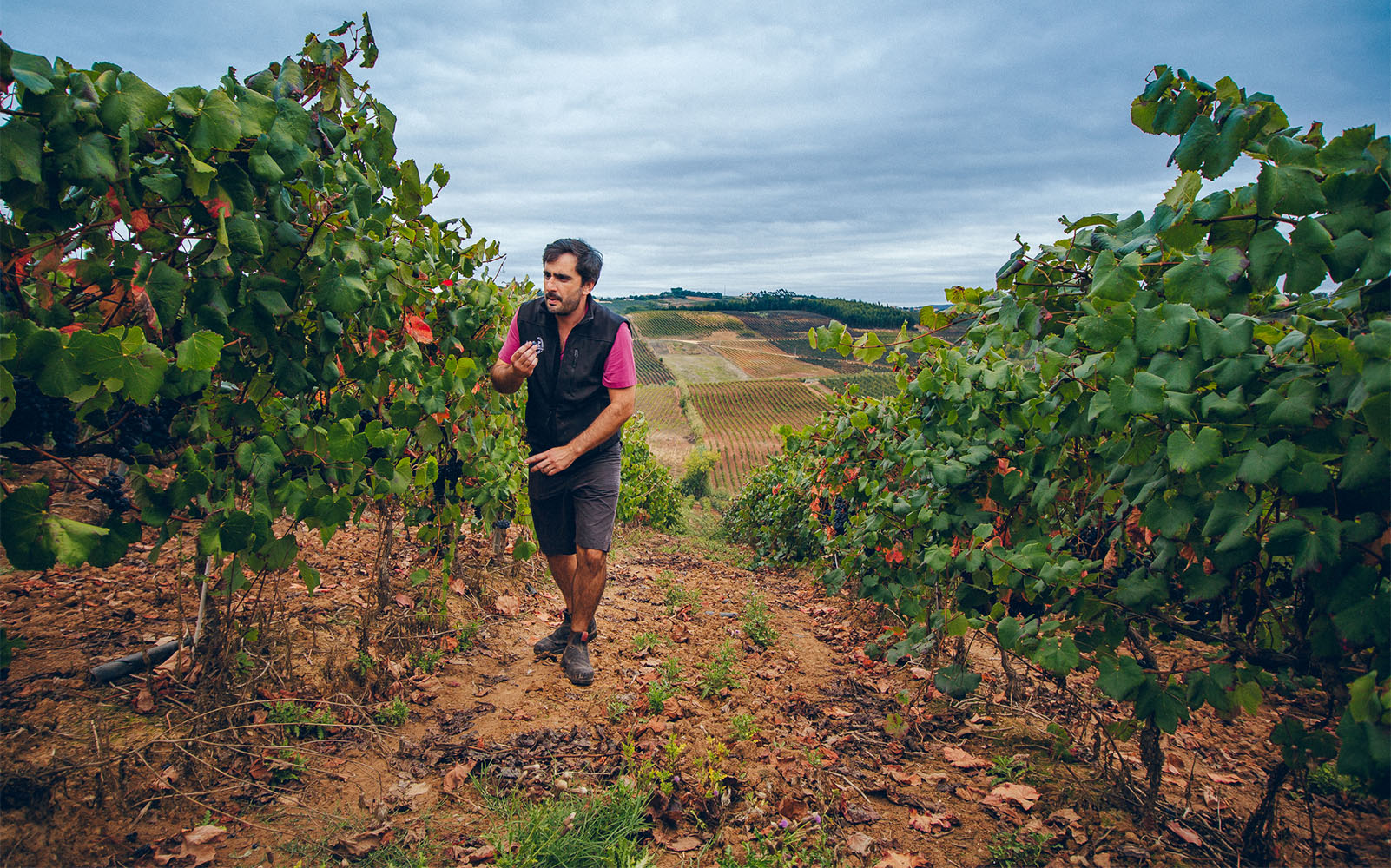
Portuguese Wine Comes Into Its Own
Affordable wines that appeal to many palates are made all around the world, but Porta 6 wines are still undeniably Portuguese. “It’s because of the grape varieties,” Azóia explains. “In the past, for a Portuguese wine to stand out, you needed to add international grape varieties such as Syrah or Chardonnay to your blends. Now, Portuguese wines are coming into their own.
“The red Porta 6 is made entirely with native Portuguese grape varieties. It’s a blend of Tinta Roriz, which gives jammy flavours; Castelão, which adds red fruit; and the Touriga Nacional, adding some floral notes, structure and acidity. Touriga Nacional is traditionally the main grape in Port wine, but is increasingly used in red blends, too.
“The white Porta 6 has some international grapes in the mix: the native Portuguese Arinto and Viosinho are used for their citrus and flowery notes, respectively, while Chardonnay adds a buttery character and complexity. Viognier will bring you volume and roundness in the mouth. All grape varieties are fermented separately to maintain a consistent flavour profile in the final blend.”
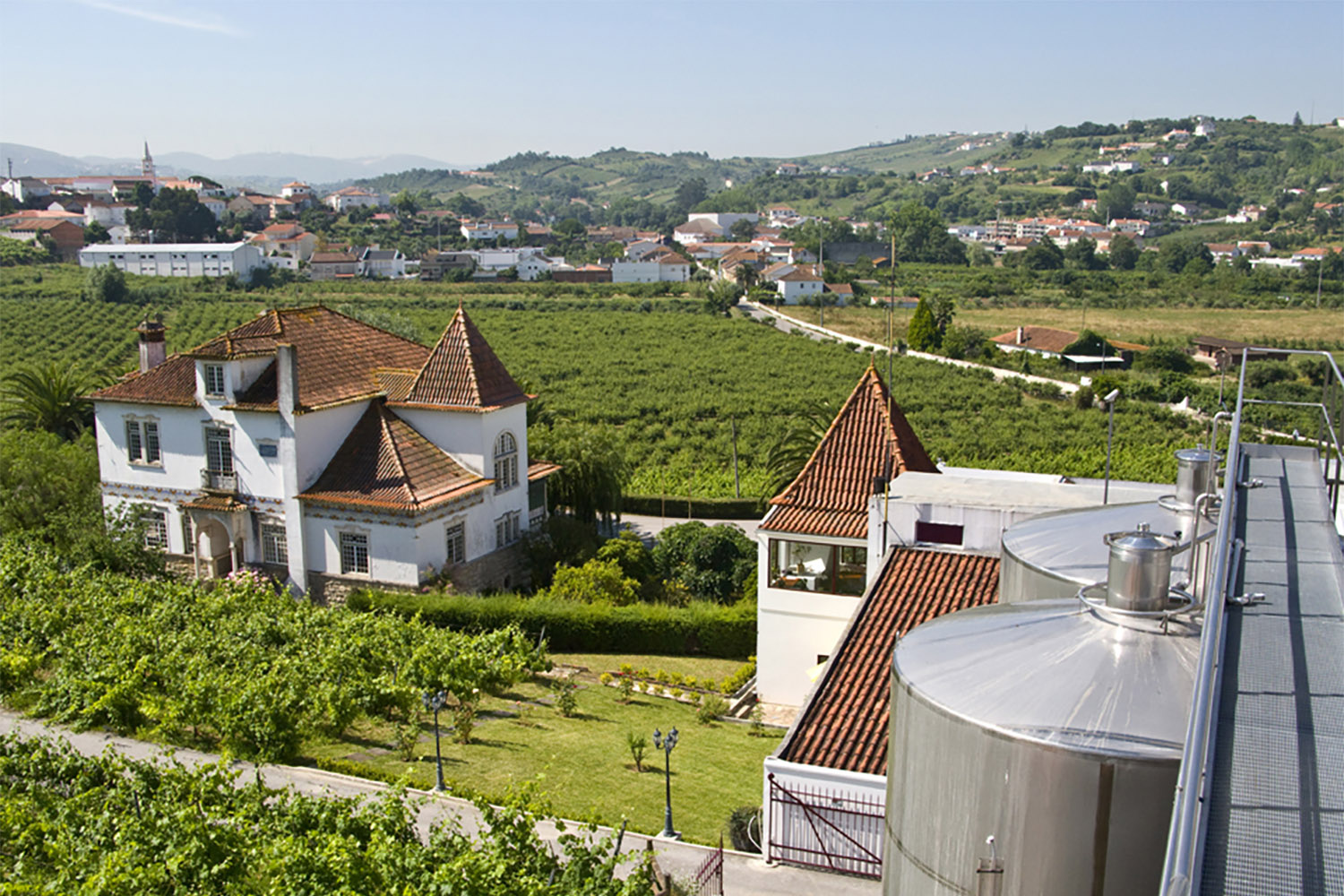
A Delicate Process
According to Azóia, with climate change come many challenges, but the most important one is its unpredictability. “Sometimes we harvest earlier, sometimes later, sometimes we need to harvest the white grapes at the same time as the red grapes. During the ripening phase of the grapes, we continuously taste and test them on sugar and pH-levels. We keep extensive Excel sheets, and only start harvesting when sugar and acidity are in perfect balance.”
When asked about the various technologies at his disposal, Azóia begins explaining with great enthusiasm: “You can add a lot of things to a wine, but I think it makes more sense to enhance the ‘natural’ fermentation process. More science, and less product. Instead of adding commercial yeast, we use native yeast from the vineyards, but we multiply the yeast culture to large volumes and then inoculate the grape must with it. With large quantities of wine, you need this quantity, otherwise, the grape must oxidises and fermentation doesn’t start.”
Other methods they use are thermovinification – heating the grapes – used for 10% to add jammy fruit flavours to the reds, and microoxygenation to enhance the fruit flavours in white wines.
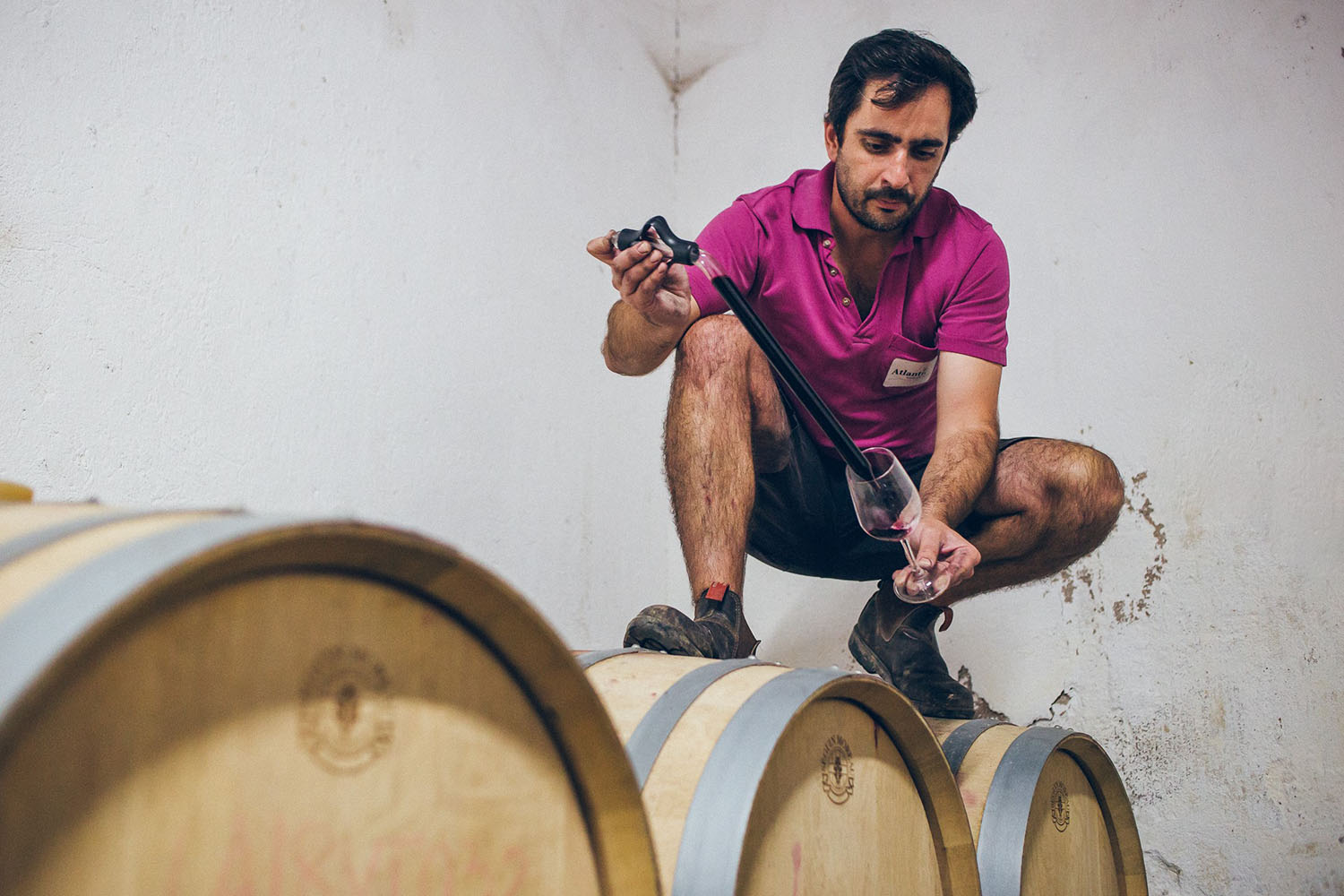
The Essence Of Portugal
Porta 6 wines stand out on the shelves through their cheerful labels, created by German artist Hauke Vagt who settled in Lisbon many years ago. “One day, António was roaming the streets of Lisbon and walked by Hauke’s workshop. He was immediately drawn to the watercolours of city life and eventually asked him if he could create labels for his wines. António was looking for something that captured the essence of Portugal, transmitting its emotion, vibrancy and culture at a time when the region was not as well-known as it is now. The labels show the streetcars, the streets and Fado singers, exactly what you would see if you visited.
“As the artwork is part of the wines’ success, we send the artist a lot of red wine and a big leg of jamón every Christmas to show our appreciation. Making wine is teamwork, and António has always been appreciative of everyone involved.”
Ironically enough, that same label is part of the reason why Porta 6 initially wasn’t a success in its birthplace, Azóia says: “When we first started in Portugal, we landed a contract with a distributor and sent them 11 pallets. After a year, 9.5 pallets came back. The reason? The label wasn’t ‘serious’ enough for restaurateurs, who were used to more traditional-looking bottles with the word ‘quinta’ (winery) beside it. They thought it was a wine that was joking around, even though it wasn’t.
“Eventually, we started selling our wine through large wholesalers, and bars on the tiny streets in Lisbon started serving it. That’s how we grew in Portugal, although it’s still only 10% of our total sales.”
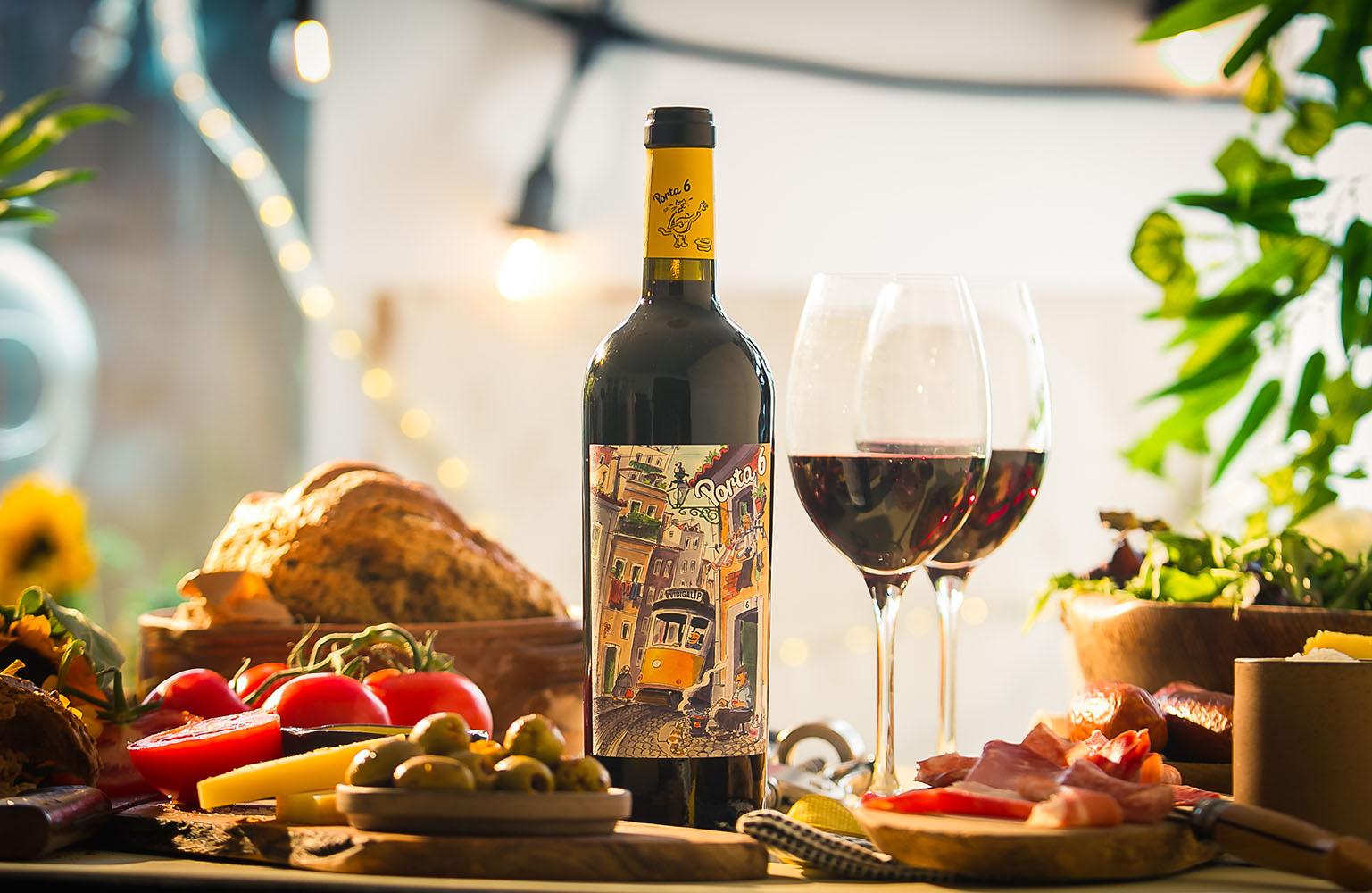
How To Enjoy
Having wine with your food is a huge part of Portuguese culture, and Porta 6 wines can be had on their own, but certainly pair well with food. “I like dishes with a lot of acidity such as ceviche or a vinegary ratatouille, and the white Porta 6 can handle all the acidity,” Azóia explains. “And, of course, the wine is great with traditional Portuguese dishes that we cook in one large pot, such as the caldeirada, a fish stew with potatoes, bell peppers, onion and tomatoes.
“The red Porta 6 has structure, acidity and freshness, but it is very fruit-driven. It makes it a laid-back, easy-going wine, great with nibbles such as cheese, sausage or jamón, or to share a pizza with friends on a Friday evening.”

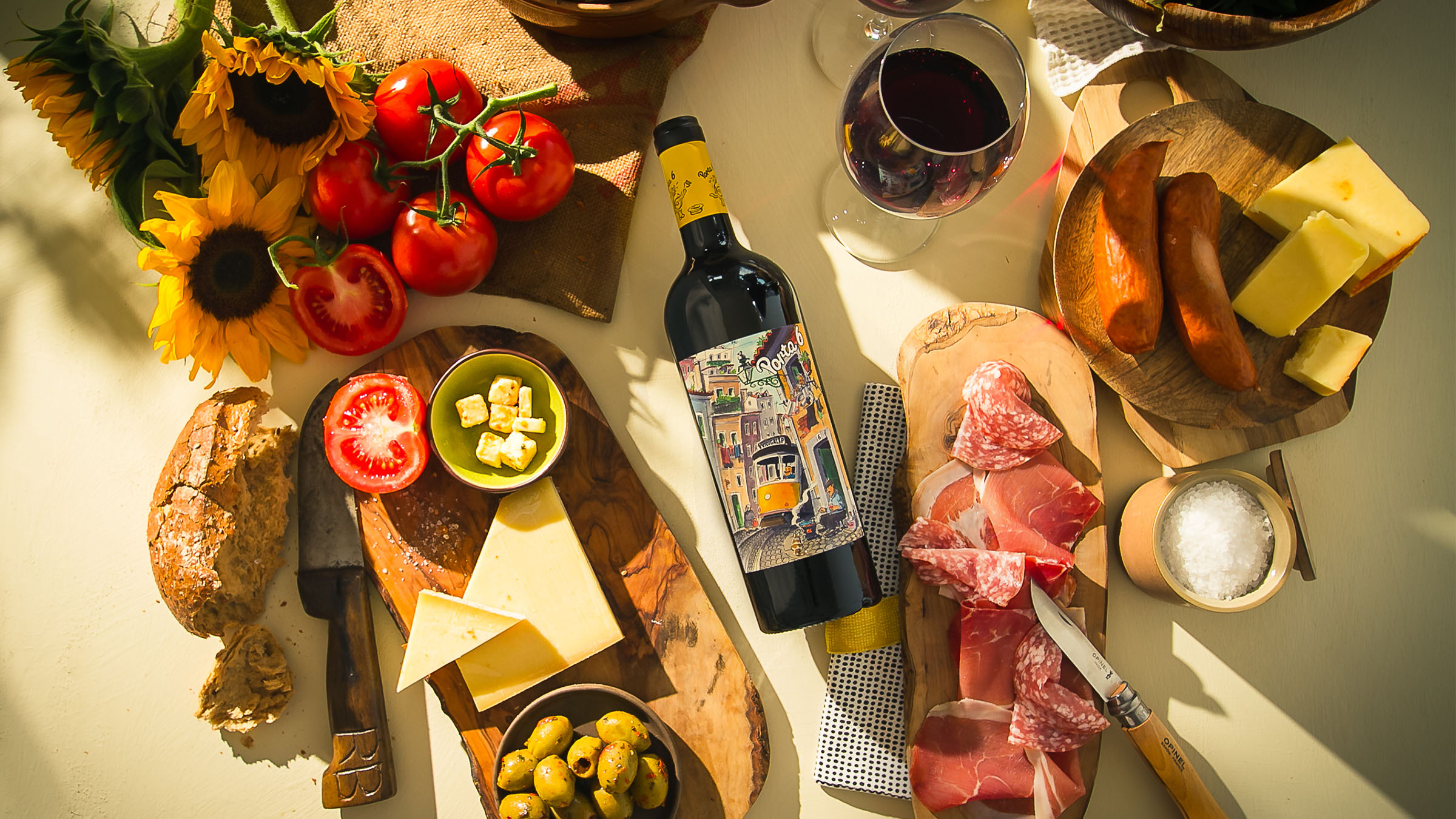
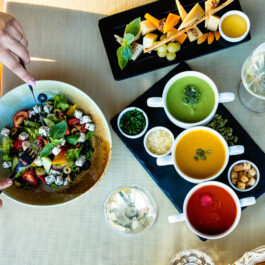
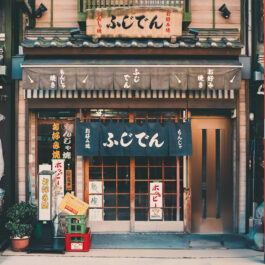
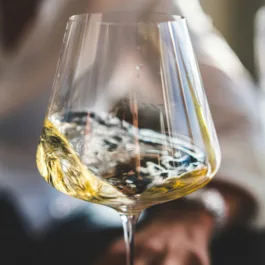

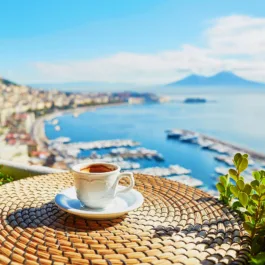
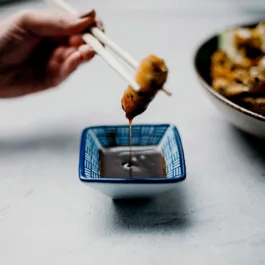
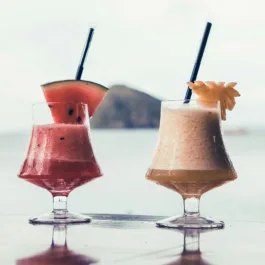
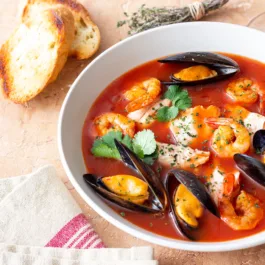
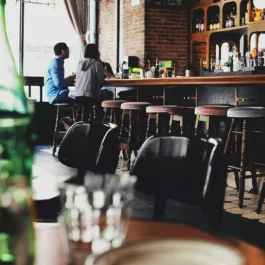

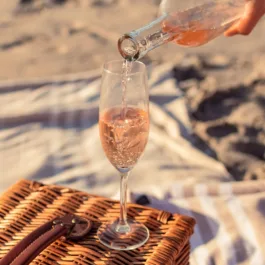

Sorry, the comment form is closed at this time.